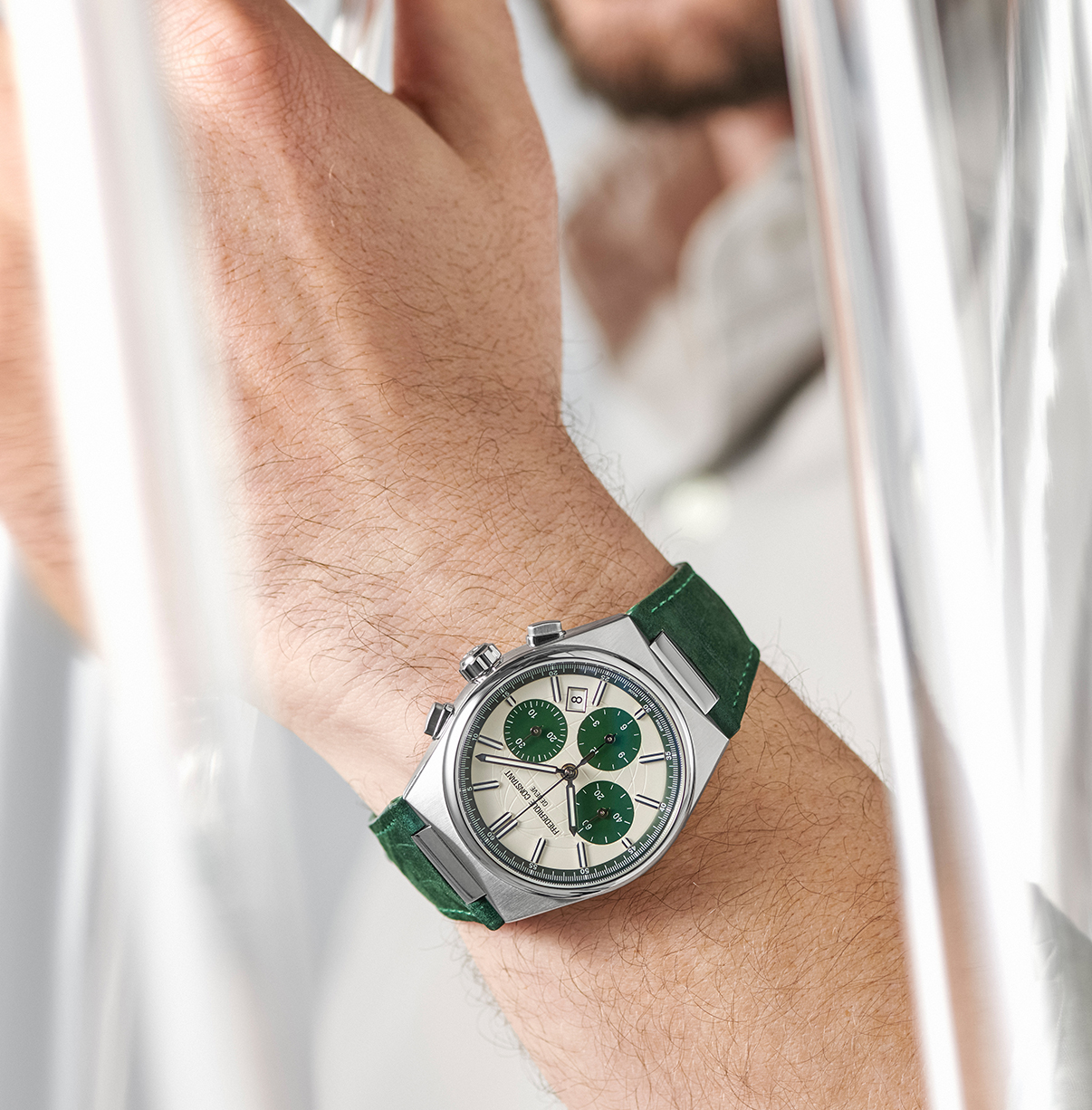Picture it…
You wake up, take a look at your automatic watch, and then realize it has stopped in the middle of the night. In an instant, your mind is likely to unwrap a plethora of potential issues that could be the culprit. Initially, it’s startling and frustrating, and it takes a small quagmire to figure out the next step of why automatic watches stop at night. Do you locate the nearest and your most trusted watchmaker and possibly pay an exorbitant fee, or do you devise a plan to fix it on your own?
The reason(s) why your watch stops while you sleep

Automatic watches stay functional through sheer motion, so when you are on the go, the rotor spins too, which transfers energy to the mainspring. Once you go to bed and movement grinds to a halt, however, lack of movement means no power is being generated. After 24 to 48 hours of inactivity, it may not have enough power reserve to continue functioning. Magnetization, lower power reserve, and even sediment in the movement can be issues affecting the performance of your automatic watch, too.
In order to test for amplitude and overall accuracy, a timegrapher can measure and identify possible power reserve issues. To solve magnetization issues within seconds, a trusty demagnetizer can be extremely useful. Whatever issues you may have to face regarding your timepiece, the great news is that these can be diagnosed and repaired with tools found in most households.
How to keep your watch working through the night

If you notice your automatic watch stopping through the night, there are a few easy hacks to keep it running. First, wearing it more during the day will ensure a fuller charge and thus reduce the chances of it stopping overnight. If you don’t have time to move throughout the day, another option is to wind it before bed manually. Twenty to thirty turns to top off the power reserve should do the trick as you sleep. If you are a true watch collector and rotate timepieces, a watch winder is an investment worth considering as it mimics your natural movements and will keep your watch fully wound even when it lies dormant. With these simple hacks, you can avoid unnecessary trips to an expensive watchmaker and keep your timepiece running like fine wine.
Master your automatic watch yourself!
Now that you’ve discovered these horological hacks, you can rest easy at night knowing your watch will still run smoothly once you wake up. Knowledge is power, and now you will better understand why your automatic watch may be losing power as you sleep and how to address any issues directly should they arise. Keep your timepiece running smoothly with the usage of timegraphers, demagnetizers, and a watch winder, saving you thousands down the line and a lot of unnecessary stress. Remember to always check the basic components beforehand before seeking out a professional!




